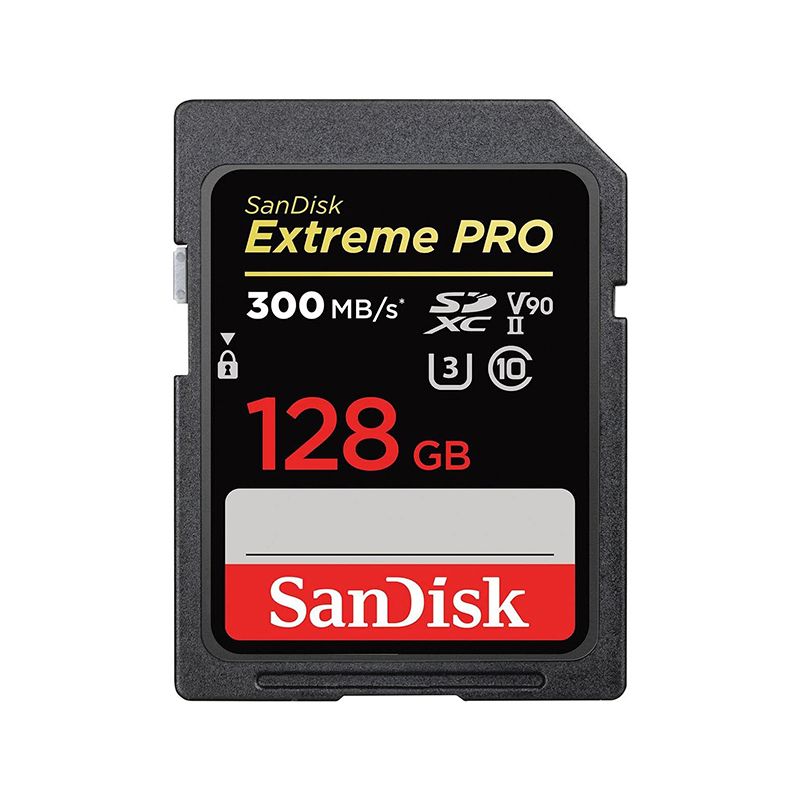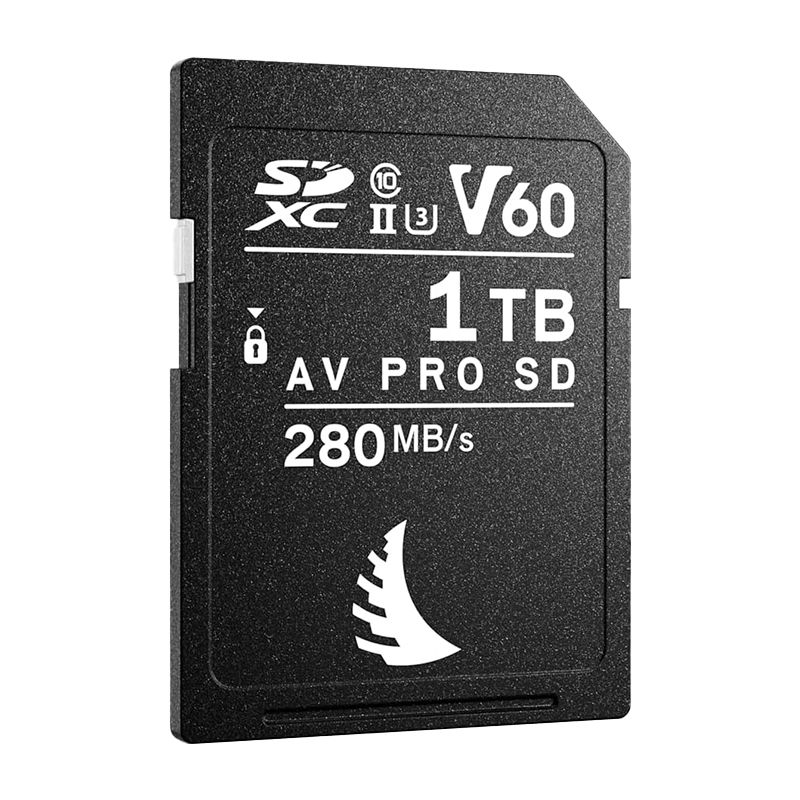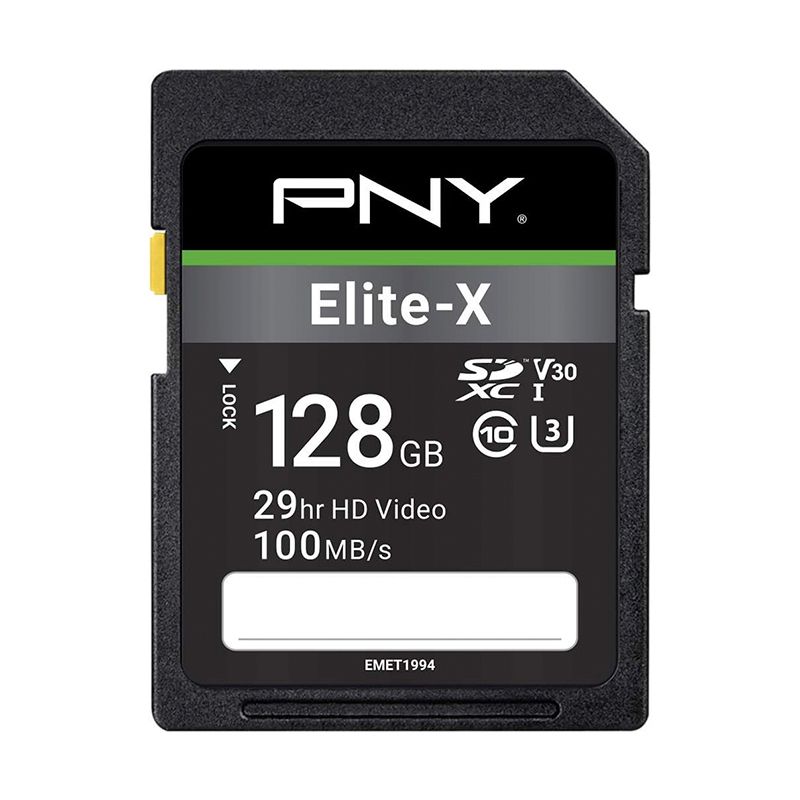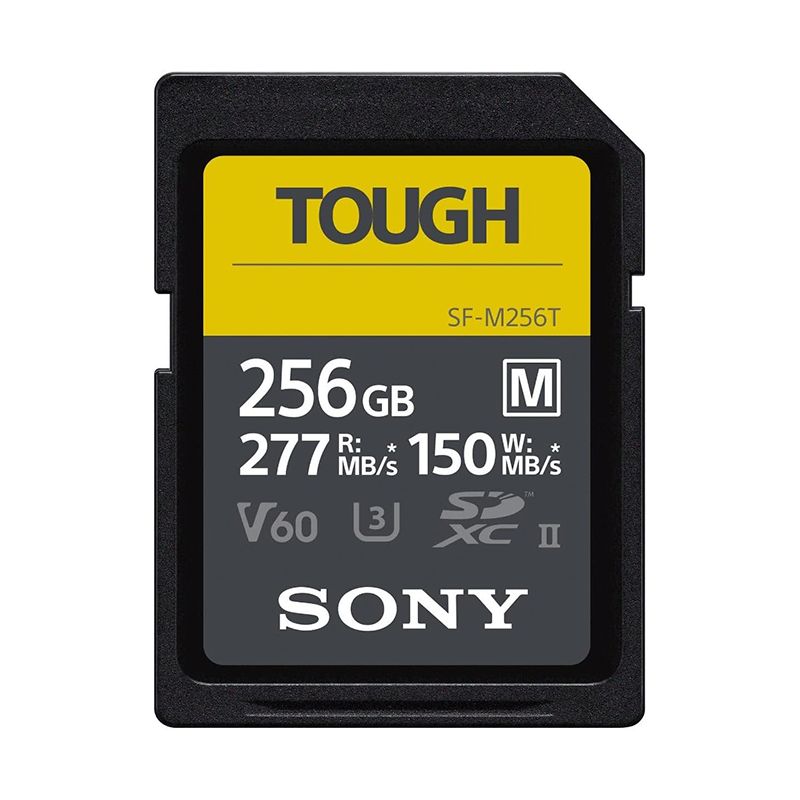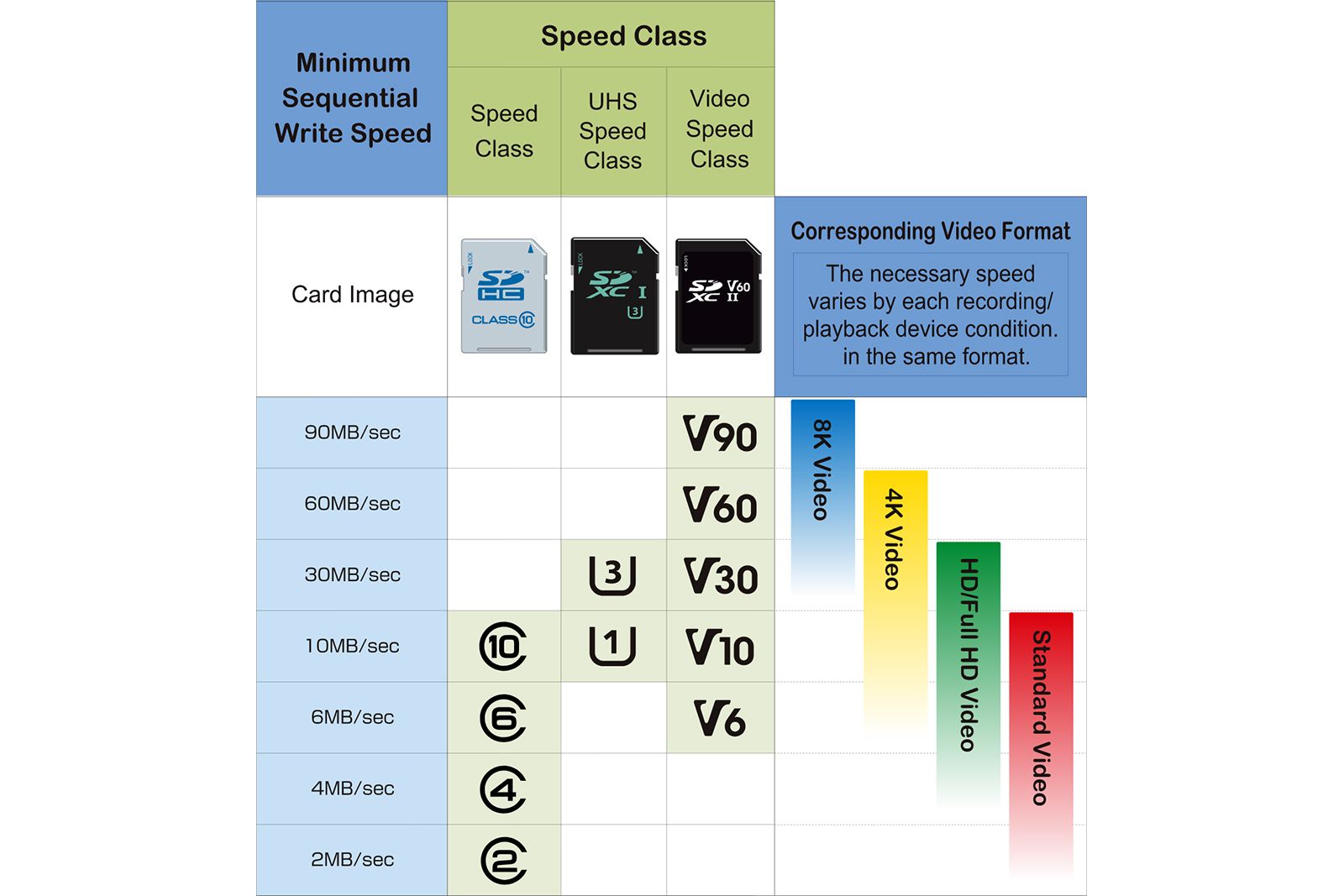If you’ve invested in a DSLR or mirrorless camera, you’ve got an exciting photographic journey ahead of you. But there’s one thing that you’ll definitely need to get up and running, and that’s an SD card. These days, with frame rates, resolutions, and bitrates increasing at a rapid pace, our need for speedy, reliable storage with a high capacity is greater than ever.
Of course, many modern devices, such as phones and drones, use smaller microSD cards. While we’ve included one microSD here, we also have a dedicated guide for exactly that. Most cameras opt for full-size SD cards, though, so that’s what we’ll primarily be focusing on here.
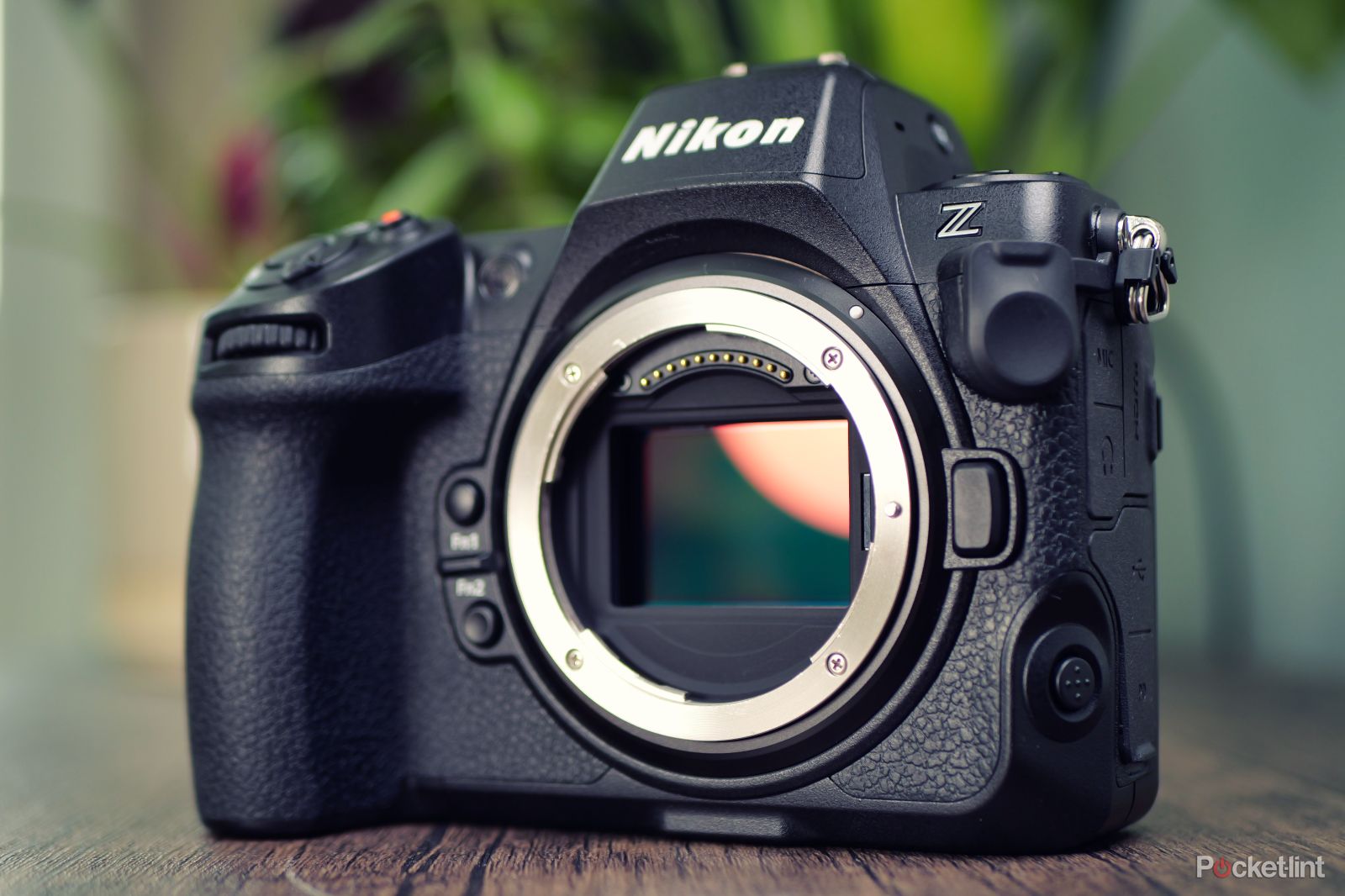
Best mirrorless cameras: Top models from Nikon, Canon, Sony, and more
If you’re looking for a camera that is both light and powerful, mirrorless is the way to go.
Whether you need a blazing-fast card that can handle ProRes and 8K video or just an affordable place to store your holiday snaps, we’ve got you covered. Here are the best SD cards available today.
Best SD cards: Our top picks
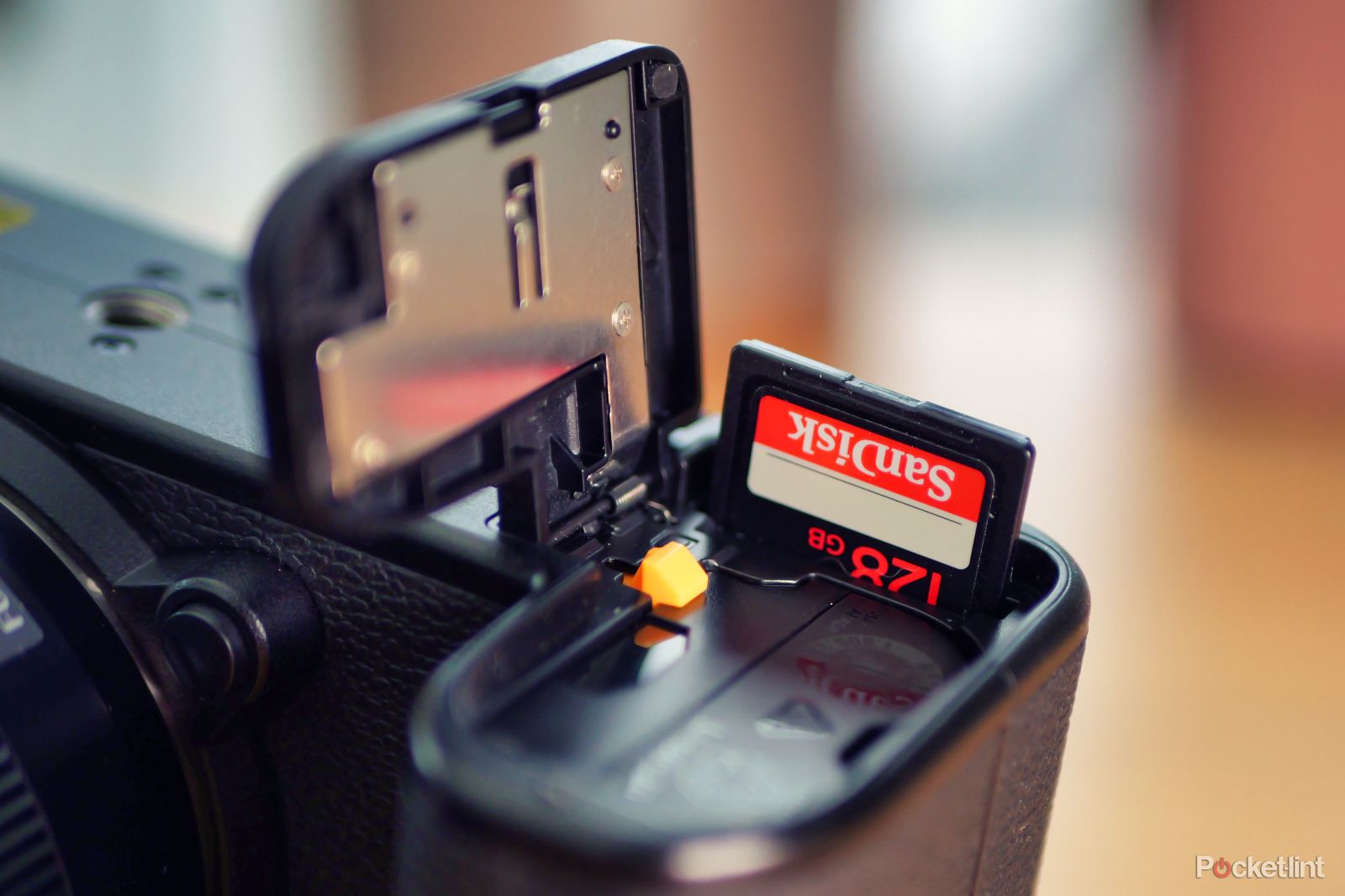 How to choose an SD card
How to choose an SD card
Memory cards are riddled with numbers, acronyms, and symbols. It can be incredibly confusing what everything means and what actually matters when choosing a card. Below, you’ll find some key things to consider, so you can choose a card that’s best for your needs.
Capacity
Capacity is the first and easiest thing to decide on. Before getting into which capacity is best, you may notice that while we refer to these cards as SD cards, the product listings all mention SDXC. The XC in the name simply stands for Extended Capacity. It includes any SD card with a capacity of 64GB up to 1TB. SDHC refers to High-Capacity cards, which range from 4GB to 32GB. SD cards, which are rarely used at this point, only go up to 2GB.
When it comes to selecting a capacity, it is best to choose a relatively high capacity, something between 64GB and 256GB, and not the largest card available. This is to provide plenty of room for photos and videos while still offering some protection against card failure. If you lose images on a 64GB card, it will be a lot less substantial of a loss than losing a full 1TB card.
Of course, there are exceptions to this. For those who shoot long-form videos, a 512GB or 1TB card may be necessary. Or, if you always shoot two cards at once, you can get away with larger capacity cards as opposed to swapping out more frequently. No matter what, remember that SD cards are not meant for long-term storage. Be sure to transfer content off of the memory cards frequently and back them up to a hard drive.
Read speeds
The next marking to pay attention to is the read speed. This number refers to how fast you can open something on the card. It impacts how long transfers take when moving things from the card to your computer, for example. Keep in mind that these are the maximum speeds promised by the manufacturer, and real-life speeds typically do not live up to those numbers. If you want to get numbers close to that, be sure to invest in a quality card reader as well, as budget card readers will slow down transfers.
The read speed is also shown by the bus interface, which is either UHS-I or UHS-II. UHS-I cards offer transfer speeds of up to 104MB/s, while UHS-II gets as fast as 312MB/s. It’s important to note that cameras are compatible with one or the other. That doesn’t mean that you can’t use a UHS-II card on a UHS-I device, but you will only get UHS-I speeds, meaning you’re paying for speeds you aren’t using.
If you do not frequently transfer large batches of files, a UHS-I card will more than meet your needs. But if you are a professional photographer working with large shoots, investing in a UHS-II card will save you some headaches and time.
Write speeds and speed classifications
Write speeds and speed classifications become a little more confusing. The overall maximum write speed typically isn’t listed on the card itself, and manufacturers sometimes don’t provide this number at all. Beyond that, there are three main standards, and they all try to communicate the same thing — the minimum sequential write speed.
- The V on your card refers to the Video Speed class. The number after the V indicates the minimum sustained write speed. For example, V90 cards offer a minimum sustained write speed of 90MB/s.
- The U on SD cards is another speed class measurement. There are two options: U1 and U3. U3 cards are rated to sustain a 30MB/s write speed, while U1 can sustain 10MB/s.
- Finally, the C also refers to the minimum sequential write speed, with five different ratings: C2, C4, C6, C8, and C10. The number indicates the guaranteed sustained write speed, so C10 would offer sustained speeds of 10MB/s.
Write speed is important for videographers or those who shoot fast bursts of photos. A slow write speed will slow down those bursts or cause issues with recording video. So, if you are an action photographer or a videographer, focus on cards with fast write speeds. If you aren’t shooting video or fast action, you can save some money and opt for a slightly slower card.
This handy chart explains the different classifications. However, your camera manufacturer will likely have speed recommendations listed on its website, too.
SD Association
microSD versus full-size
SDXC cards come in both full-size and micro versions. Drones, tablets, action cameras, and phones use the microSD format, while cameras utilize full-size SDXC cards. Most microSD cards come with an adapter that essentially makes it a full-size SD, meaning you can use it in devices that use that format. But should you?
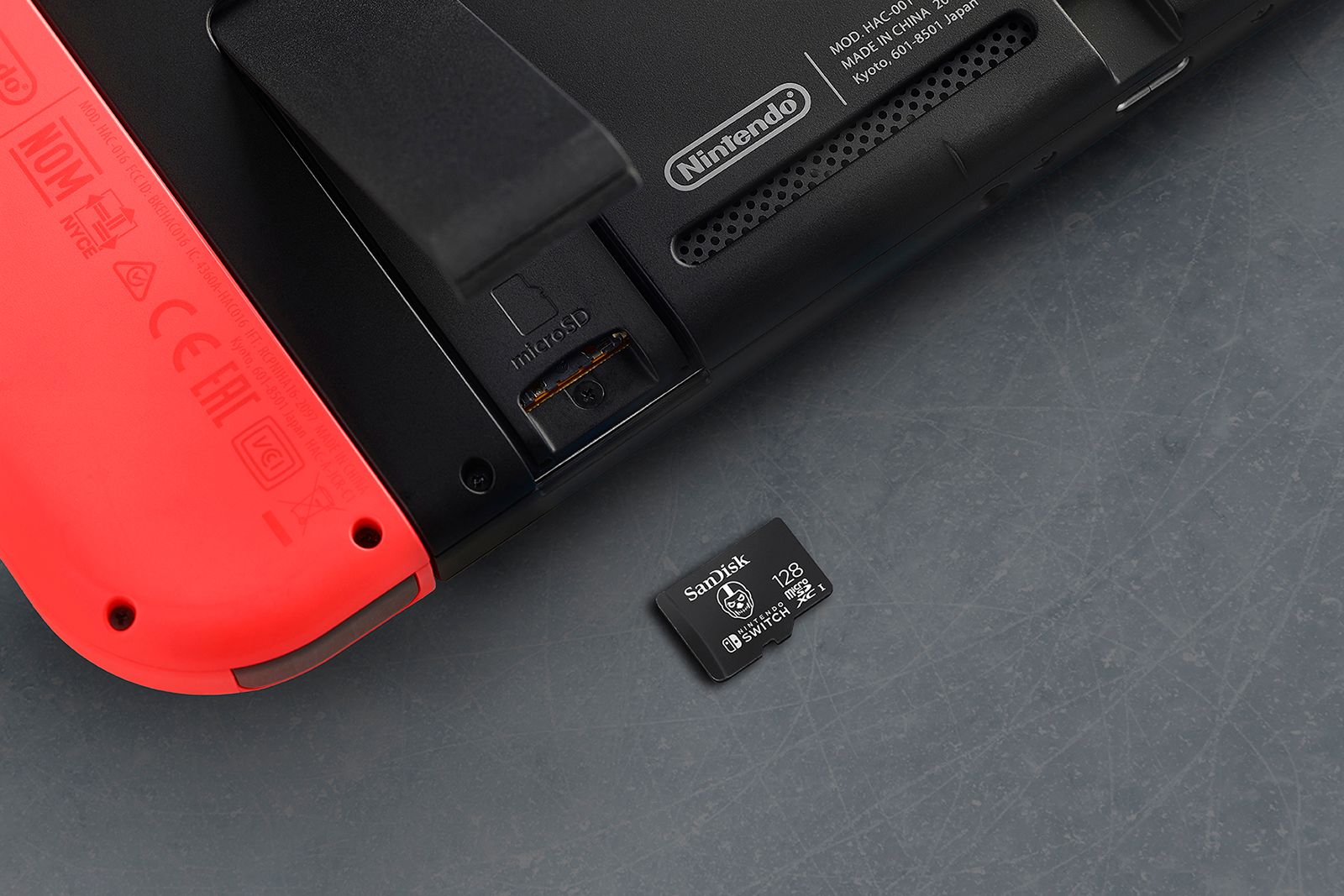
Best microSD cards: A small device to expand your storage in a big way
Don’t let the name fool you, these cards pack plenty of storage and deliver powerful performance.
The microSD card inserted into an adapter will work just as it would on its own, provided you buy a reputable brand with a quality adapter. You’ll get the same speeds and performance as before. However, if you are frequently taking the microSD in and out of the adapter to use in different types of devices, you could wear down the pins faster, opening you up to card failure more so than if you used a full-sized SD. Likewise, the adapter is yet another component that could fail. Because of this, generally speaking, it’s best to simply use a full-sized card in devices that require it, and keep the microSD on devices that use that format. Save the adapter for transferring files or when you need a card in a pinch.
Trending Products

